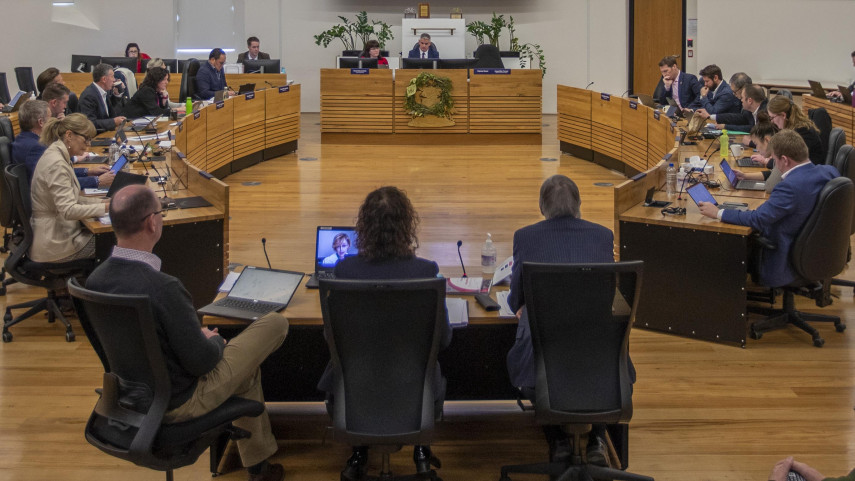
Public feedback sparks changes to representation arrangements

Share this story
Public submissions on Christchurch’s representation arrangements have led to the elected members’ Hearing Panel recommending some changes to the initial proposal.
Hearings for Christchurch City Council’s 2021 Representation Review concluded today.
During the hearings the Mayor and all the Councillors considered the 227 submissions received from the community about an initial proposal to tweak the city’s ward boundaries and reduce the number of community boards from seven to six.
“The ward you're in determines who'll represent you on the Council and local Community Board. There’s been broad agreement across the city that we have the balance right, but the submissions have helped us adjust the edges of the ward boundaries that had been re-drawn,” says Mayor Lianne Dalziel.
“The input from residents on this matter has been very helpful. Our wards need to be based on how people perceive their local community – about where they have shared interests, where they go to school, do their shopping, and so on. Nobody knows that level of detail as intimately as the people who call these communities home. Unfortunately we also have to take into account the +/- 10 per cent rule, so numbers matter too.”
The main changes from the initial proposal include:
- Keeping all of Kennedys Bush within the Halswell ward.
- Keeping the Redwood Springs area within the Papanui ward.
- Keeping all of Hoon Hay and Hillmorton within the Spreydon ward.
- Keeping the University of Canterbury campus within the Riccarton ward.
“The biggest change being proposed in the representation review itself is that the Linwood-Central-Heathcote Community Board is divided up and the wards merged into the three nearby Community Boards with interests in common (Linwood ward proposed to join Waitai Coastal-Burwood, the Central ward Waipapa Papanui-Innes, and the Heathcote ward Waihoro Spreydon-Cashmere),” Mayor Dalziel says.
“We heard from several members of the community how much they had valued the community of interest that the original grouping of wards had grown to represent, however we confirmed that will continue to form part of the proposal today.''
Council staff will now finalise the proposal, which is expected to go to the Council for adoption on 18 June.
Local authorities are required to review their representation arrangements at least once every six years, to take into account population changes and make sure every ward has roughly the same number of people, within +/-10 per cent of each other, as required by the Local Electoral Act 2001.
It is proposed that Banks Peninsula will continue to be an exception to this, with a smaller population than other wards, but requiring its own ward and subdivisions due to its unique nature and geographic isolation.
The proposal is for Christchurch to continue to be represented by a Mayor, 16 Councillors, and 37 community board members representing 16 wards. The Mayor is elected ‘at large’ by the whole city, and each ward electing its own Councillor and Community Board members.
“The number of Councillors and Community Board members will stay the same, so everyone will continue to have equitable representation, but it means that every urban board will be consistent with three wards each, and the Council can spread its resources to support the boards more fairly and efficiently.”
See Option 1 for a summary map.
If a person or organisation who made a submission is not satisfied with the council’s amended final proposal, they can appeal against it. Alternatively, if a council changes its proposal, any person or organisation (whether or not they made a submission) may object to those changes.
After the proposal is adopted and the appeals and objections period has closed the Local Government Commission will consider the proposal and make a determination in time for the next local body elections in October 2022.
